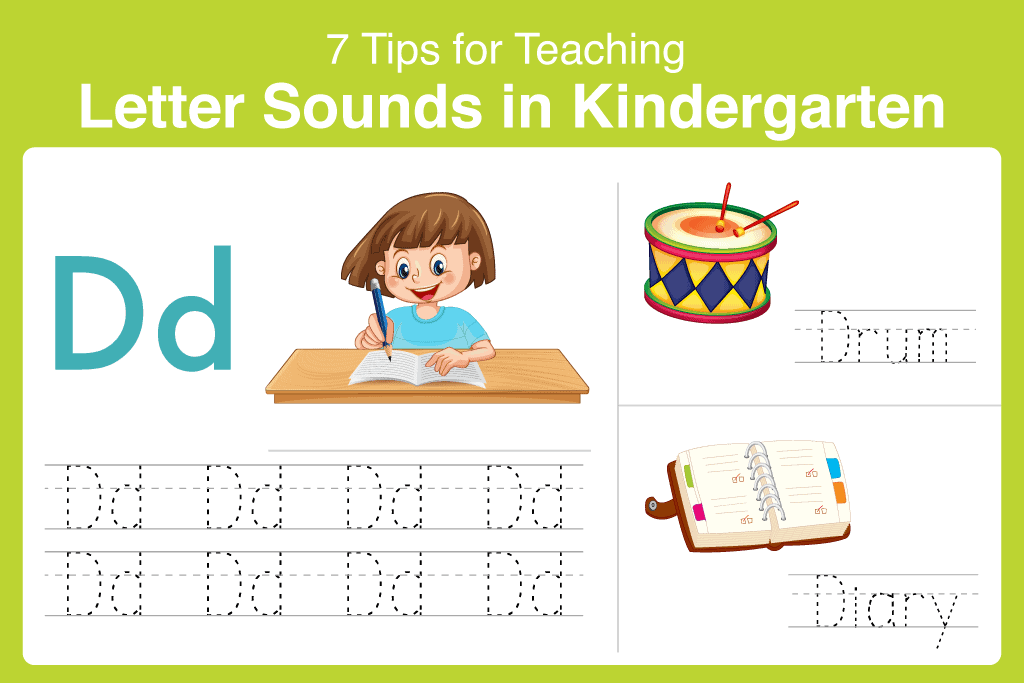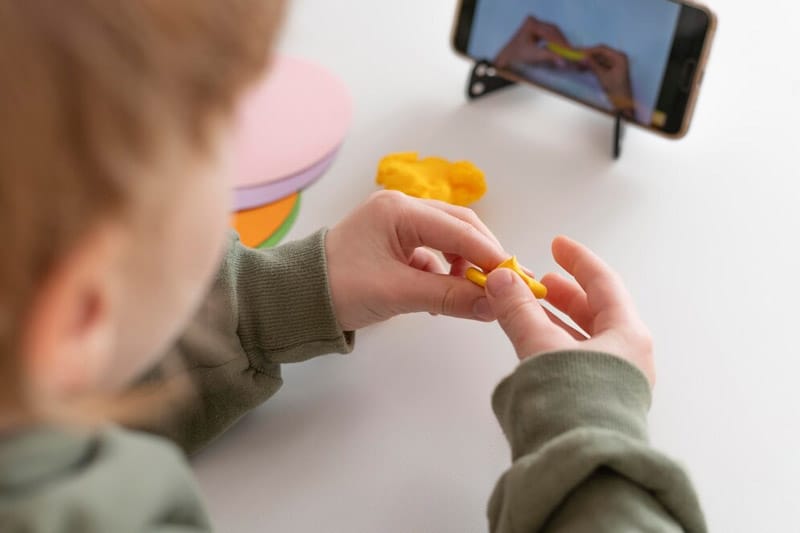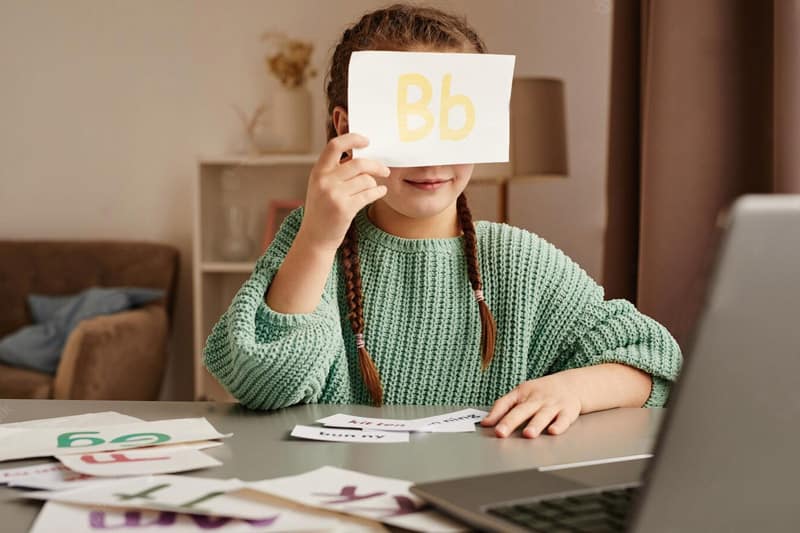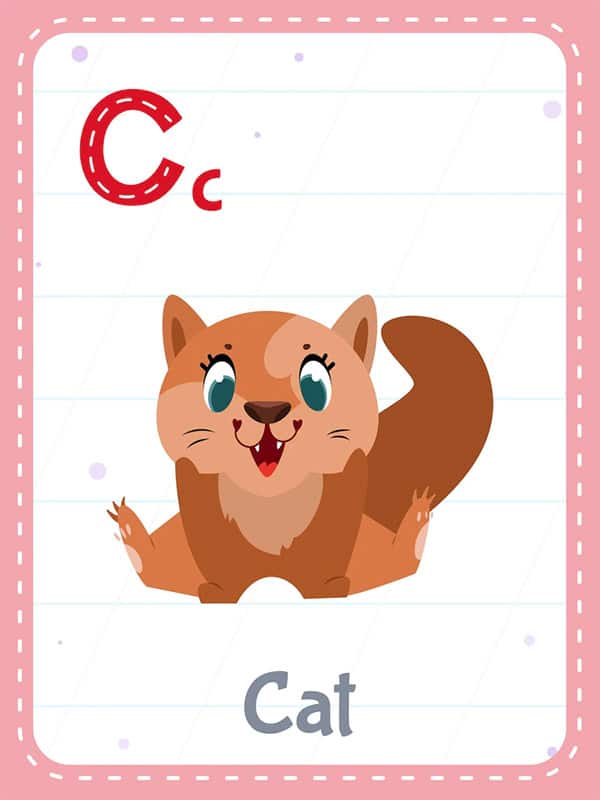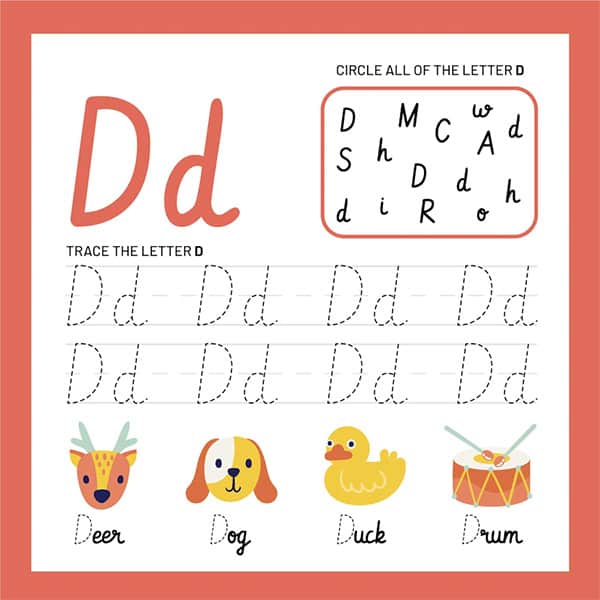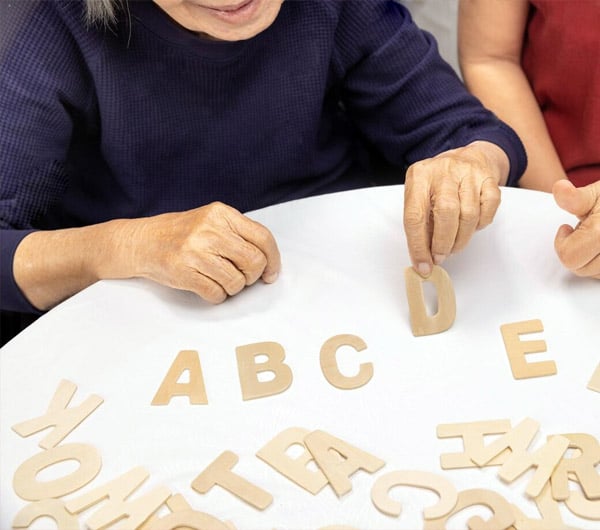7 Tips for Teaching Letter Sounds in Kindergarten
Learning alphabets through fun alphabet activities for kindergarten allows students to grasp letters and letter sounds strongly. Phonics classes for kids focus on teaching the students about relationships between letters and sounds. It helps them learn how to connect both to form words. For instance, the sound of /c/, short /a/, and /t/ come together to form the word cat.
Teaching letter sounds is a preliminary step to preparing kids for reading. When children begin understanding the phonetics sounds of alphabet letters, they learn to associate words with individual sounds. This is essential to sound out words when the timing is apt. Jolly phonics training incorporates systematic instructions for wordplay, writing words, and using manipulatives like magnetic letters to form words. Moreover, a multi-sensory approach involving all the senses, like sight, sound, touch, movement, etc., helps kids absorb information better.
Ready to take your child’s phonics learning to the next level? Know our expert tips for teaching letter sounds!
Since teaching alphabet sounds can be complex to apply, here are some easy-to-implement tips for teaching letter sounds to kindergarteners.
Best way to teach letters and sounds
Consider the following effective tips when you want to teach letter sounds:
1. Begin with their name
Make alphabet learning more intimate and fun by taking complete advantage of meaningful literacy in early childhood. When you begin teaching letters of the child’s name, it will form a personal connection to the alphabet letters and the sounds in their name. It can help them remember those specific letters and touch on the correct order also. After they learn their name, you should move to their other personal favourites like colours, toys, cartoons, etc. It is one of the best ways to teach letters and sounds to little kids.
2. Visualized learning
Combining visuals and verbal cues and instructions lend quite a helping hand in learning alphabets and sounds. Visual learning helps students commit the letters to memory and recall when needed. Several physically engaging alphabet resources are available for visual assistance and include:
- Roll-a-dough letters
- Pre-K colourwall cards
- Print letter and number poster
- colourplates of names
More activities to teach letter sounds include:
✔️ Letters on flashcards
Put upper and lower case letters on cards. Pick three or four letters that form a word and scramble them. Now ask the student to unscramble or make out how these letters can come together to form a meaningful word. Magnetic letters are also helpful in this case. Further, you can also resort to teaching rhyming words for improved learning.
✔️ Bingo game
Credits: KGF! Gaming and More!
Playing bingo involves creating a grid with 9, 16, or 25 boxes. Next, draw something simple and easy for a kid to understand. It can be a fruit like an apple or banana, an egg, a basket, a hen, a boy, a girl, a hat, etc. You can also print and paste them from the computer. You can play in any of the following ways:
- Tell the class a letter sound and ask kids with bingo letters of words beginning with this sound to come forward and put a coin or checker piece in the relevant box on the grid.
- Instead of letter sounds, go for a letter and repeat as above.
- Call out a letter or letter sound and allow them to put a piece on words that end with that particular letter or sound.
The child wins the game when a row, up, down, or diagonally gets filled.
✔️ Flashcards with pictures and matching letters
Create flashcards with pictures of easy-to-recognize things and put the letters they start with on the back. Now, shuffle this pile and show the picture to the kids. Ask them to tell the letter and letter sound the picture starts with. Give them at least three tries before showing them the correct answer at the back and putting the card back in the shuffle. If they say it wrong, ask them to repeat it after you twice to register the word in their memory. These form the essential 5 skills of teaching jolly phonics.
3. Linking letter sounds to familiar symbols
Understand that a child is completely unaware of letters and sounds. However, they might have familiarity with some symbols or items. Use them to your advantage and connect their letters and sounds together. Working with familiar things gives them the confidence and comfort to thrive and learn more.
A personalised procedure to teach alphabet sounds for kindergarten students ensures fun and lesser distractions. A fun activity you can apply here is crafting your own alphabet book. For instance, if you want to teach them the letter ‘M,’ print pictures of mangoes, monsters, and more, and let them choose which to paste into their book.
4. Constant Repetition
Repetition until the kids master the alphabet and its sound is an excellent learning technique. The more focus you put on repeating things, the better and clear it gets registered in their mind. An excellent activity to inculcate this practice is keeping a letter jar. Assign each letter a day and ask your kid to point out things beginning with that letter. When they do so, put stickers or coins in the jar as a reward. Repetition ensures kids focus on a single letter and its primary sound.
5. Incorporating Technology
Ensure that your child uses technology and media to learn letter sounds kindergarten. Use digital letters and keyboards to let them feel like a grownup. Give a letter sound and then ask them to press the letter it comes from. This easy and versatile exercise is possible with any keyboard, phone, or dummy device interesting enough for your kids to play.
6. Movement activities to keep the kid interested
Not every child can sit and learn new things for a long time. They need movement, roaming from one place to another and not sitting idly. Take advantage of this energy in them and resort to fun and interactive phonics activities. Some fun activities like these include:
✔️ Tape letters on the wall
Here, you can tape four letters on your wall. Ask your child to be at a little distance. Make a letter sound and let your kid run and touch the letter the sound is associated with. You can spice it up by asking them to hop, skip, or even tip-toe to the letter making the sound.
✔️ Tape letters on the floor
Another game you can play is putting letters on the floor. You can play the same game of making a letter sound and letting them hop to the letter. You can also allow them to make the complete word, for instance, hop to the letters that make the word cat.
7. Let the kids touch and feel letters
A physical, sensory element enables stronger learning and connections to letter sounds. Since humans are tactile, the element of feel allows them to understand the letter sounds quickly. Use play-doh or kinetic sand to incorporate touch and feel in alphabet learning.
Read: Jolly Phonics Tricky Words for Kids and how to teach them
Happy and Fun Learning
We hope that these fun alphabet activities for kindergarten will help you have a blast teaching your kids. You cannot pressure a child to participate in these activities, but allow them to explore and have fun on their own while they learn. Also, incorporate technology in a limited way that keeps them interested but doesn’t make them addicted.
Ready to take your child’s phonics learning to the next level? Know our expert tips for teaching letter sounds!

